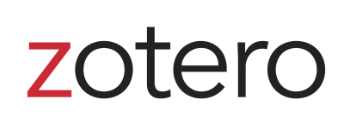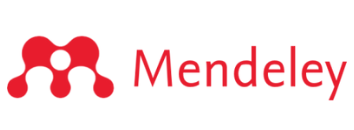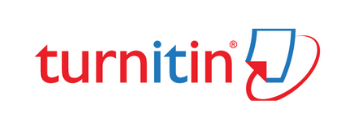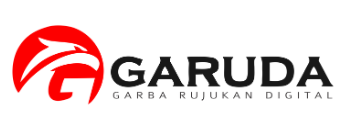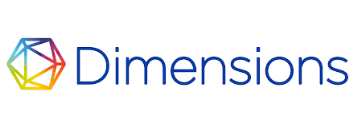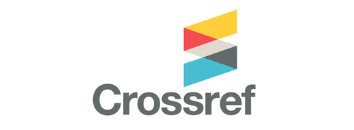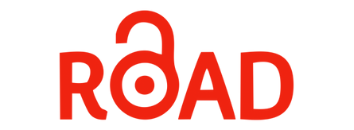PENGELOLAAN KERAGAMAN SUMBER DAYA MANUSIA: DIVERSITY-RELATED ORGANIZATIONAL OUTCOMES
DOI:
https://doi.org/10.24002/kinerja.v7i1.784Abstract
Organizational structure, tasks, and reward influence the activation of personal, relational, ann collective identity outcomes related to the awareness, influence, and individual behavior of a majority and minority group with inherent individual diversity on the organizational outcomes. Previous researches showed that diversity which was effectively managed could gave significant contribution to increasing human resources quality needed for achieving organizational outcomes according to the organization’s objectives. Conditioning relational identity outcomes would be able to give benefits and lessen shortages related to diversity.
Keywords: organizational outcomes, competitive advantage, performance, team work
References
Allen, R. S., & Montgomery, K. A., (2001), “Applying an organizational development approach to creating diversity”, Organizational Dynamics, 32 (2) pp. 149-161.
Bowen, D. E., Ledford, Jr., G.E., & Nathan, B. R., (1991), “Hiring for the organization, not the job”, Academy of Management Executive, 5 (4) pp.35-51.
Brickson, S., (2000), “The Impact of Identity Orientation on Individual and Organizational Outcomes in Demographically Diverese Settings”, Academy of Management Review, 25 (1) pp.82-101.
Dass, R., & Parker, B., (1999), “Strategies for managing human resources diversity: from resistence to learning”, Academy of Management Executive, 13 (2) pp. 68-80.
Dreher, G. F., & Dougherty, T. W., (2001), Human Resource Strategy: A Behavioral Perspective for the General Manager. McGraw-Hill Irwin.
Distefano, J. J., & Maznevski, M.. L., (2000), “Creating value with diverse teams in global management”, Organizational Dynamics, 29 (1) pp. 45-63.
Dyer, L. D., & Reeves, T., (1995), “Human resource strategies and firm performance: What do we know and where do we go?”, International Journal of Human Resource Management, 6(3) pp.656-670.
Fernandez-Araoz, C., (1999), “Hiring without firing”, Harvard Business Review, July-August pp.109-120.
Harvey, C. P., & Allard, M. J., (2002), Understanding and Managing Diversity. 2nd edition. Prentice Hall.
Ivancevich, J.M.,dan Matteson, M.M., (1999), Organizational Behavior and Management, 5 th edition, McGraw-Hill, Singapore.
Richard, O. C., & Johnson, N. B., (2001), “Understanding the impact of human resource diversity practice on firms performance”, Journal of Management Issues, XIII (2) pp. 177-195, Summers.
Robbins, S. P., (1996), Perilaku Organisasi: Konsep - Kontroversi – Aplikasi. PT. Prenhallindo, Jakarta.
Schuler,R. S., (1990), “Repositioning the human resource function: Transformation or demise?”, Academy of Management Executive. 4 (3) pp.49-60.
Thomas, D. A., & Ely, R. J., (1996), “Making Differences Matter: A New Paradigm for Managing Diversity”, Harvard Business Review. September-October.
Ulrich, D., (1998), “A new mandate for human resource”, Harvard Business Review, January–February pp.124-134.
Walker, J. W., (1988), “Managing human resource in flat, lean



